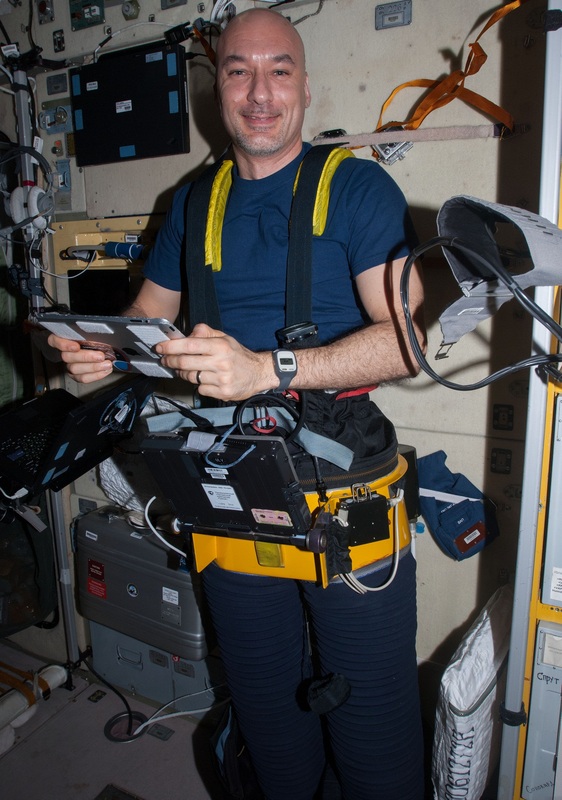Fluid Shifts

Fluid Shifts Before, During and After Prolonged Space Flight and Their Association with Intracranial Pressure and Visual Impairment. Known as the Fluids Shift study, this experiment is one of the most complex integrated experiments ever performed on ISS using pieces of US and Russian hardware to attempt to quantify the amount of fluid shifting from the lower body to the upper body when transitioning from a gravity to a microgravity environment.
This will also lead to an understanding of effects of the fluid shift on fluid pressure in the head, changes to vision and eye structure. Effects on the eye caused by elevated intracranial pressure include globe flattening, choroidal folds, and alteration of the optic nerve.
The fluid shifts study uses a number of measurements – fluid compartmentalization (determining total body water by using heavy water as tracer, determining extra and intracellular water content, plasma volume & interstitial volume), ultrasound measurements to track the thickness of tissues on the forehead, tibia, calcaneus, ultrasounds to measure vascular dimensions, MRI for the measurement of vascular dynamics, ocular measurements (optical coherence tomography, tonometry, ultrasounds for structural changes), cardiac variables using ultrasounds, and intracranial pressure measurements.
The study will utilize the Russian Chibis Lower Body Negative Pressure suit that shifts fluids back to the lower body to provide comparison measurements with those made in pure microgravity and on Earth.
